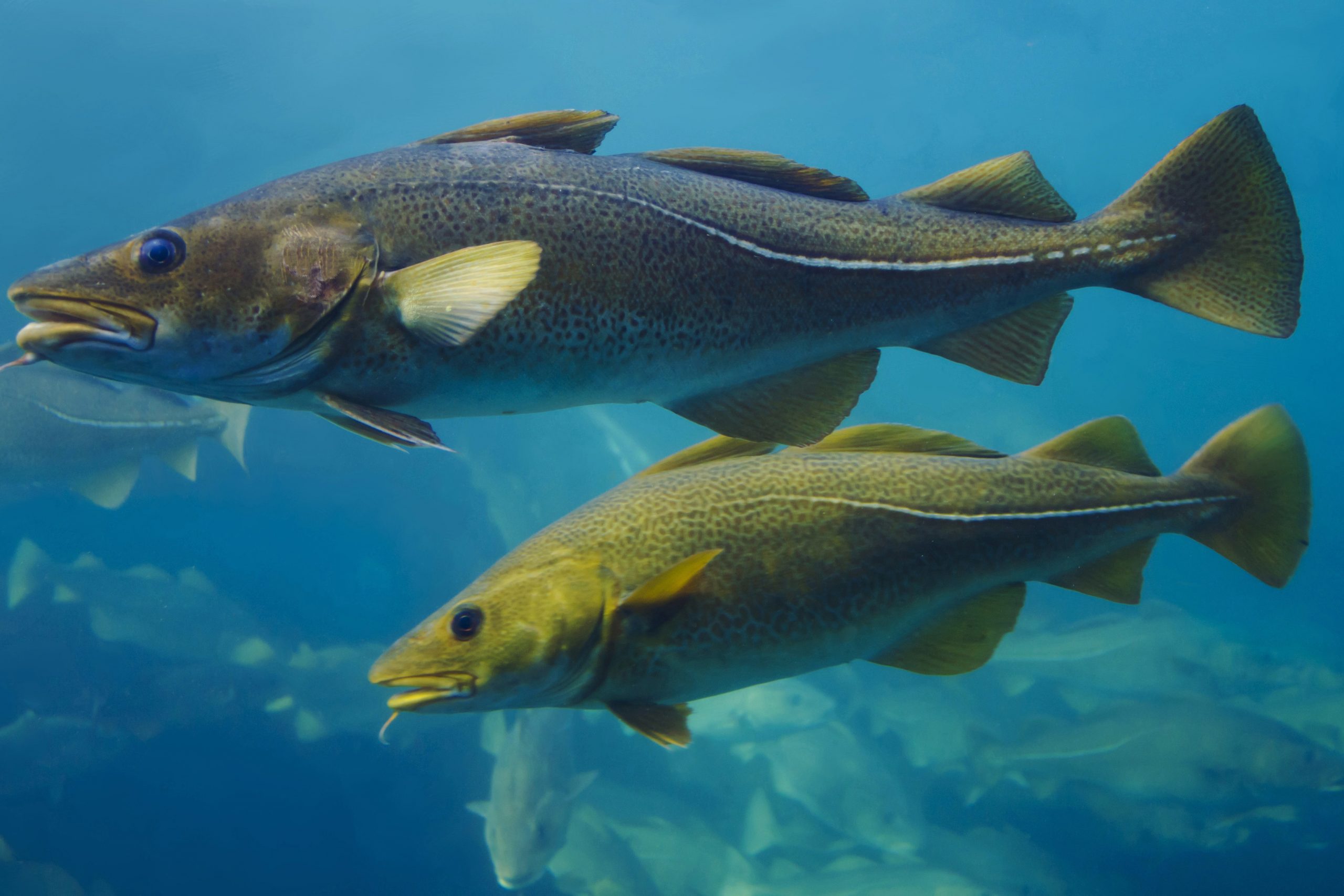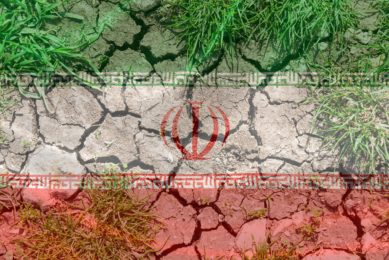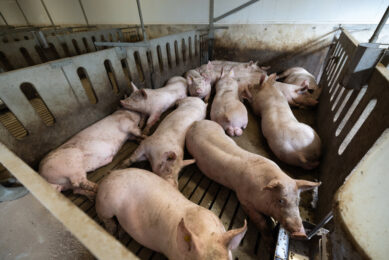Nutritional value of fish silage in pigs

By-catch fish and fish waste like heads and offal are usually disposed of, resulting in pollution to the environment. There is, however, potential to use fish waste as a feedstuff for pigs in the form of silage. It is cheap and simple – but what is the nutritional value?
According to previous studies, the ever-increasing consumption of animal products demands enormous resources; there is a risk of animal feed resources becoming scarce due to the ongoing climatic changes, and food-feed-fuel competition. Besides the high costs of conventional feed resources such as soybean meal and fishmeal, the future availability of these resources might also be limited. This calls for the feed industry to shift its attention towards possible alternatives. A potential source of protein, fish silage – is easy to make, economical, and reduces environmental problems of dumping. It has a considerably high nutritional value in pig diets.
Preparation of the silage material
It is advisable to start with fresh raw materials for the silage to reduce high bacterial contents which might result in poor quality silage. It is also a good idea to chill the fish and fish waste products before transportation from the processing plants or vessels to the fish silage production plant, or even better, process the silage at sea. However, the bacterial problem is most unlikely to be a problem especially with the acid ensilage method. Which are the main methods used for the production of fish silage?
Acid ensilage method
Acid fish silage is made from by-catch or fish wastes, which are preferably chopped or ground, placed in non-metallic vats (tanks or tubs which hold liquids), mixed with an acid solution and stirred several times daily for three to five days. The acid lowers pH and prevents bacterial putrefaction, which allows the silage to be stored for a longer period. Propionic and formic acids, and mineral acids, such as sulphuric or hydrochloric acids can be used. This method mainly inhibits bacterial growth, prevent spoilage, and speeds up the breakdown of tissue proteins.
Fermentation method
The method is similar to acid ensilage; in this method, preservation is the result of acidity arising from the growth of lactic acid-producing bacteria. Following chopping of the by-catch or fish wastes, the products are mixed with a carbohydrate source in non-metallic vats, and mixed with a carbohydrate source before storing in airtight conditions. Lactic acid bacteria ensures proper fermentation and reduced spoilage.
For both methods the following applies: to prevent oxidation and rancidity, an antioxidant may be added at the time of ensiling; ethoxyquin or butylated hydroxytoluene (BHT) at 150-200 ppm are commonly used as antioxidants.
Advantages of using fish silage
In brief, fish silage has been shown to have some desirable attributes. According to a leading study by K.A. Winter and L.A.W. Feltham of the Memorial University of Newfoundland, Canada back in 1983, fish silage is made mainly for the following reasons:
1. A versatile feedstuff
Fish silage can be widely used as a protein source for mink, foxes, pigs, cattle, sheep, fur-bearing animals and fish. However, it is most useful in the diets of monogastrics like pigs, poultry, fur-bearing animals and fish.
2. An economical ingredient
A fish silage production unit can be sized according to the supply of raw materials. Fish silage uses materials which could otherwise be dumped offshore, and create pollution. This material which consists of fish waste products like heads and frames, and internal organs, is then utilised into animal feed, and reduce environmental problems. On the other hand, fish silage can be produced where the supply of fish for fishmeal production is low or too expensive.
3. It’s easy to make
Only consists of three basic steps: grinding, acidifying and storing – no matter how big or small an operation may be.
4. Long term storage
It can be stored for extended periods of time without becoming spoiled or rancid. The presence of mineral or organic acids or the lactic fermentation process decreases the pH, creating an environment which inhibits the growth of bacteria, and hence enables long-term storage of the raw material. On the other hand, the addition of a source of carbohydrates, and anaerobic storage conditions, allows a long-term storage. Addition of antioxidants also increases storage time by preventing oxidation and rancidity.
5. Reduce environmental problems of dumping
Fish silage makes use of materials which could otherwise cause environmental pollution. It helps curb the effects of traditional offshore dumping methods which causes environmental problems.
Nutritional composition of fish silage
The variation in nutrient composition depends on the type of fish, by-catch or part of the fish that is processed in the silage. Fish silage also supplies appreciable amounts of calcium and phosphorus. Most amino acids remain stable in the acidic silage, although there can be losses of some of the amino acids during storage. The amino acid composition of fish silage resembles that of fishmeal, provided it is made from the same type of raw materials. Generally, fish silage is a good source of essential amino acids.
Nutritional value of fish silage
Table 1 shows the nutritional value of fish silage from different sources for pigs. It can be seen that fish silage holds a good nutritional value for pigs; it’s similar to fishmeal. However, unless the silage is low in oil content it must be de-oiled before feeding to reduce the risk of meat carrying undesirable odours or off-flavours; if the oil content is high, it is recommended that fish silage be removed from the diet at least 30 days before slaughter.
Effect of fish silage on performance of pigs
In a study of E.S. Batterham and others, associated with the New South Wales Department of Agriculture, Australia, in 1983, wheat-based diets were formulated in which fish silage partially or completely replaced soybean meal as the protein supplement (Table 2). The diets were evaluated over the 20 to 45kg growth phase. Half the pigs were slaughtered at 45kg live weight; the remainder were fed on the wheat and soybean meal diet to 80kg liveweight in order to observe the effect of withdrawal of fish silage at 45kg on subsequent growth performance. The addition of fish silage improved growth rate and feed conversion ratio during the 20 to 45kg growth phase. Over the 20 to 80kg growth phase, the beneficial effects of fish silage on growth rate and feed conversion were maintained.
References available on request.











